Soccer matches are immensely fascinating spectacles to watch, as professional teams typically employ different tactics in order to influence the competitive outcomes.
One of the most commonly seen – yet largely misunderstood – strategies used by players is to grab the soccer ball when they fall to the ground.
For those that have been following the game for several years (and even decades!), this is a pretty familiar ploy.
But to the untrained eye, the act raises a lot of questions as deliberately handling the ball on the pitch is an immediate punishable offence.
So, in spite of the repercussions, why do players still do it?
Well, I’m now going to provide you with the answer…
Soccer players grab the soccer ball when they fall over to turn an isolated match situation into their own team’s advantage, especially so that the opposition doesn’t get the opportunity to affect the score line. This includes time wasting or halting the flow of the game, which helps to curtail opposition attacks and temporarily subdue opponent momentum, as well as influencing the referee’s decision making on fouls.

Want to test your knowledge on soccer ball care?
Take the quiz by clicking the button below and see just how informed you truly are!
Note - You'll need to enter your email address to see the final results.
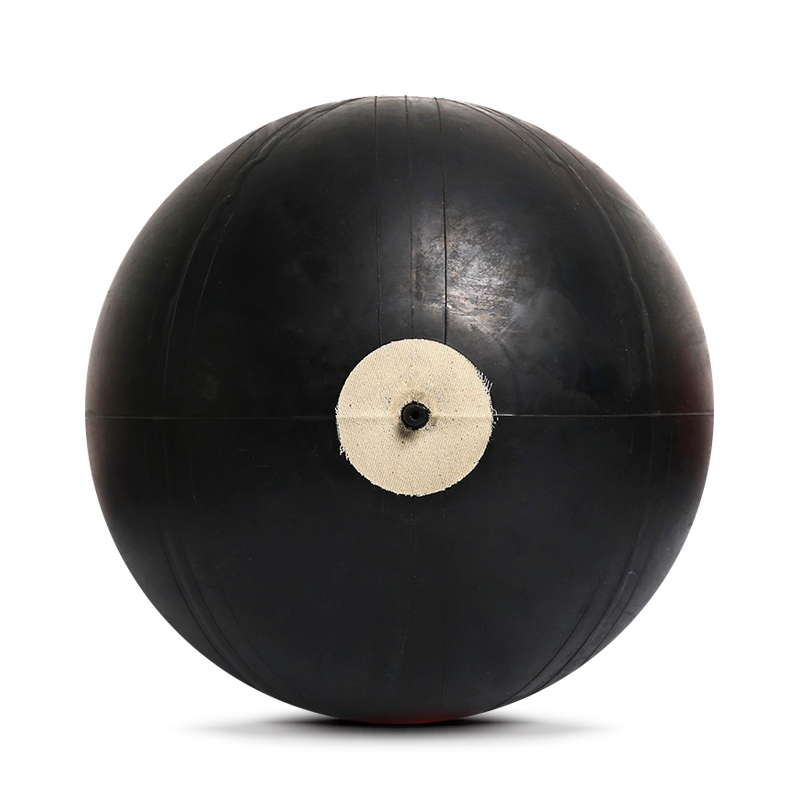
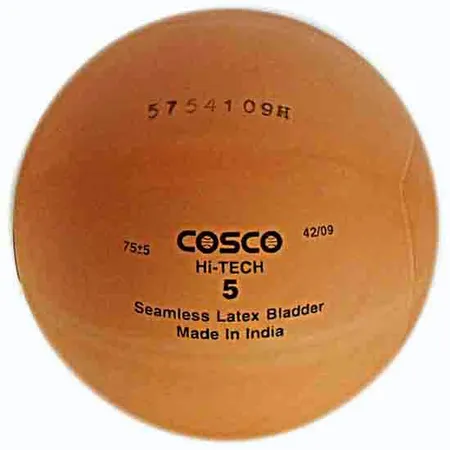


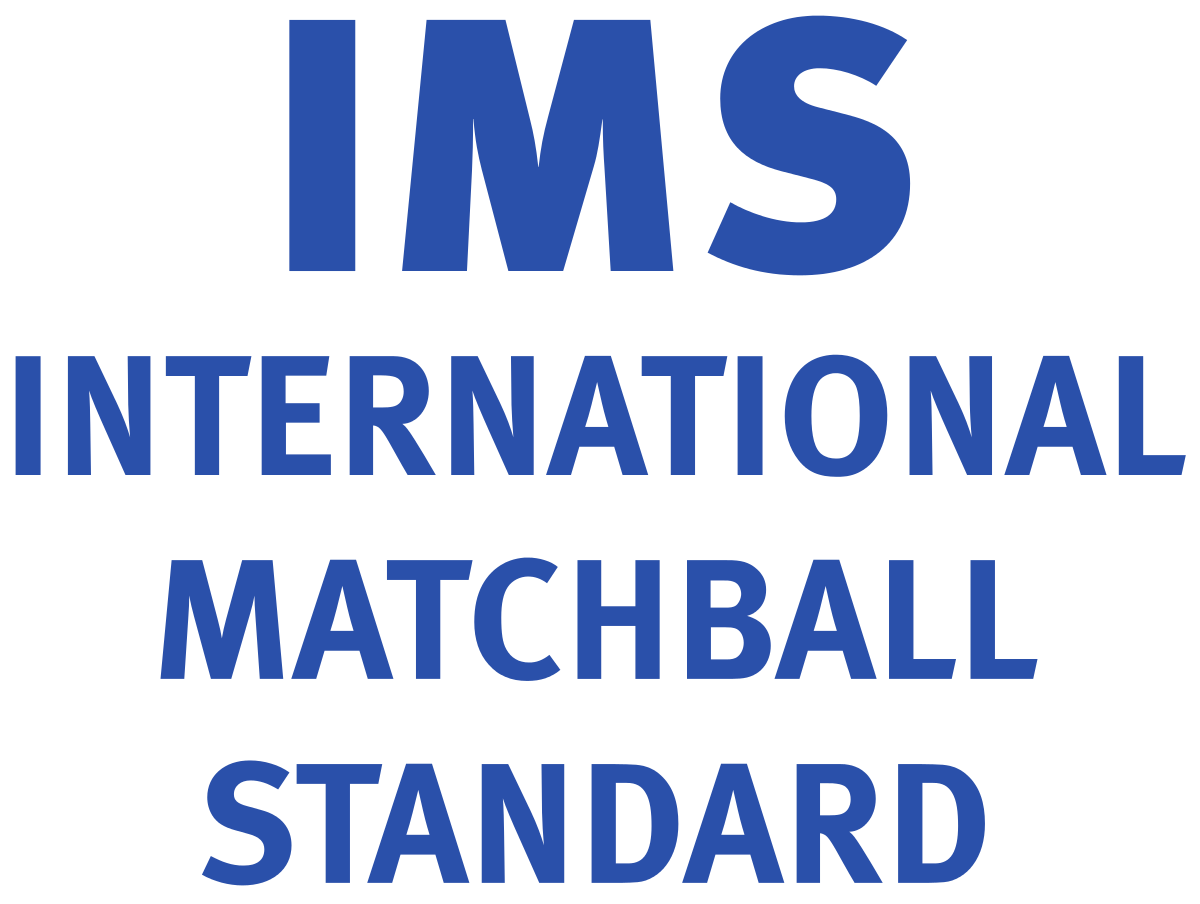
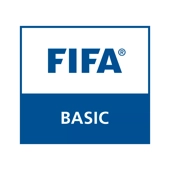




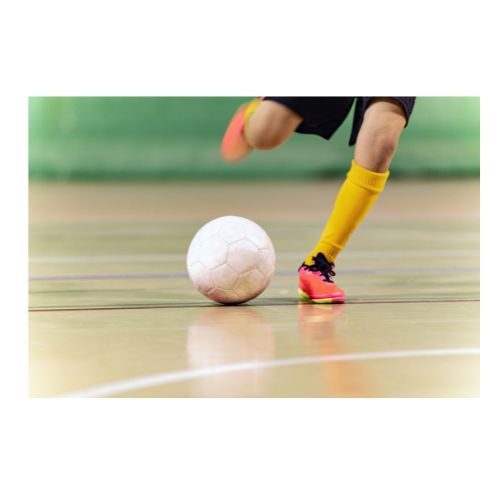







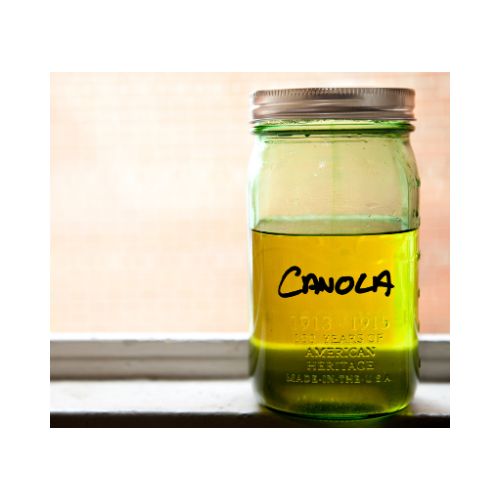

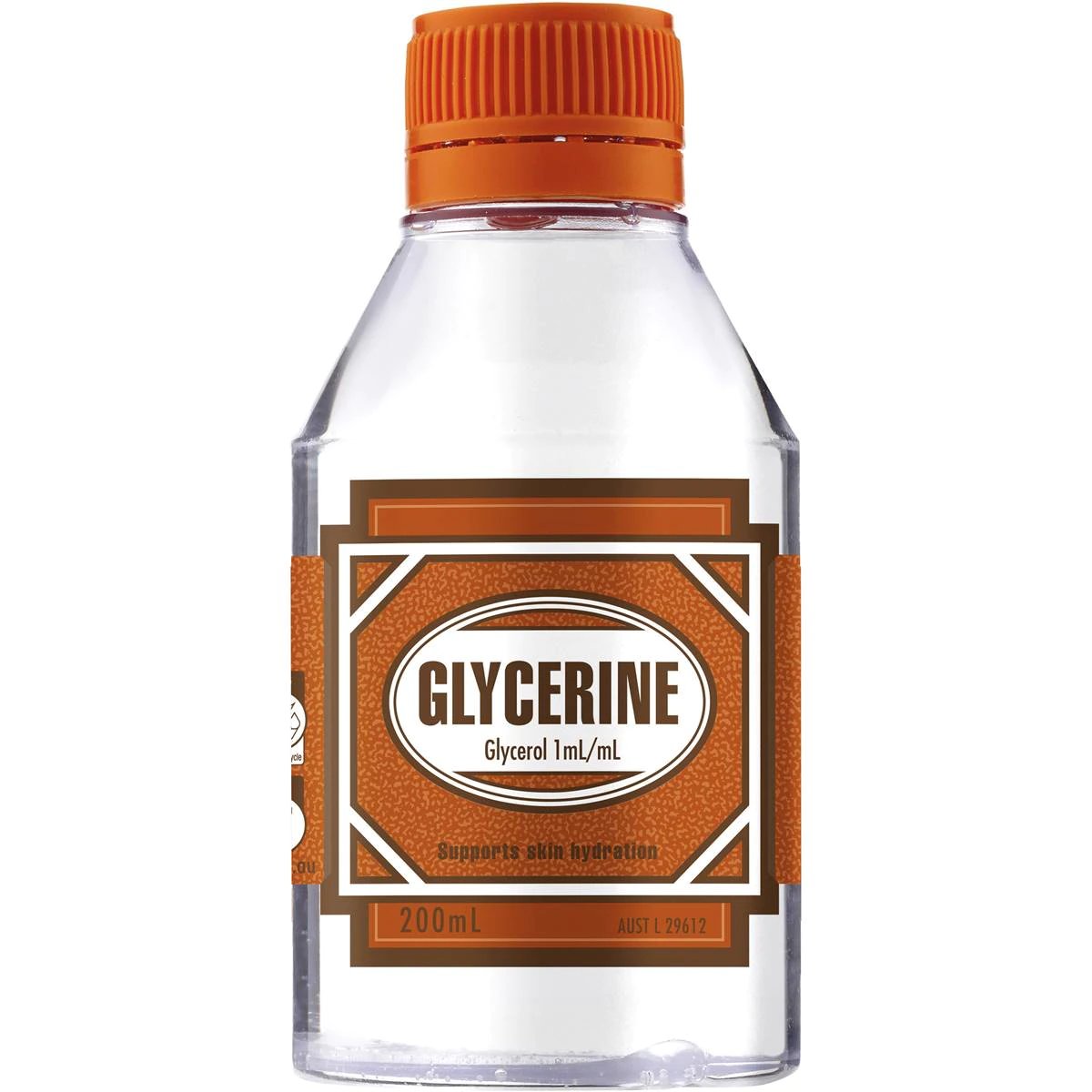



The game is so complex at the highest level and you’ll find that such individual moments can change the courses of fixtures in the blink of an eye.
I’m now going to expound on the explanation I provided in the paragraph preceding the one above.
What are the benefits of grabbing the soccer ball when falling over during games?
Players wouldn’t grab the soccer ball after falling over if they didn’t gain an advantage in the process.
Here’s a closer look at their motivations for doing so.
1. Slowing down opposition momentum
Soccer matches usually ebb and flow.
For certain periods of time during each half, one team can have the upper hand and players from the team under pressure will try to swing the momentum pendulum in the opposite direction for the sake of the final result.
This is why you’ll see strikers playing a hold up role that involves trying to relieve their defending team mates from opposition pressure.
Falling to the ground at the slightest bit of contact from an opposition player and holding the soccer ball is one of the most effective ways of putting a dent in the other team’s attacking process, as a foul is usually awarded in these instances.
With the defenders getting a moment to catch their breath and re-organise, they’re usually in a better position to handle any upcoming pressure once the player who held the soccer ball has risen back to his feet.
Because match play has to be stopped – either to award a free kick to the player who fell to the ground or to the opponent for illegal ball handling – that short snippet of time when the player is holding the soccer ball on the ground is even enough for managers to pass on useful tactical feedback to the rest of the players.
It’s quite an effective way of disrupting the flow of a game and it can cause opponents to lose their composure as a result of being frustrated that the game has stopped.
One particular player who is a master at the dark arts of grabbing the soccer ball when falling to the ground is Tottenham Hotspur’s star striker Harry Kane.
2. Time wasting
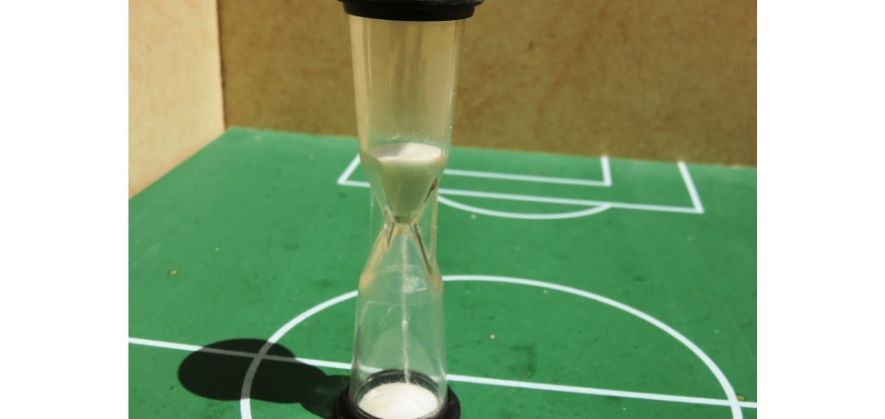
If you look at this from another tactical perspective, it makes perfect sense to grab the soccer ball when falling over as a way of running down the match clock.
Due to the fact that a soccer referee typically wears two watches – with one continuously ticking over regardless of whether a match has stopped, players try and exploit this reality for their own gain.
They are astute enough to be aware that the amount of additional time that’s added on at the end of the regular 90 minutes does not always fully compensate for stoppages in play and injuries, which makes the move a nice way to chalk off some additional seconds.
Perhaps one of the most egregious examples of time wasting happened in a South African Premier League clash between Mamelodi Sundowns and Bloemfontein Celtic.
With Sundowns holding a narrow 2 – 1 lead, they were awarded a corner kick in the closing stages of the game and proceeded to waste 5 whole minutes before the kick was taken.
You can check this out in the clip below:
It’s really hilarious to see that 4 players had the opportunity to launch an in swinger yet none of them did, and the manager also made a substitution within that time as well!
Time wasting as a tactic works really well at pretty much all levels of soccer to preserve a lead and secure a positive outcome.
The cumulative result of wasting a few seconds grabbing the soccer ball whilst falling over and another couple by taking the game to the corner flag is quite a large one if you tally all those up.
You’ll often see it happening when a team widely regarded as the underdog is managing to beat a significantly stronger opponent.
3. Curtailing a dangerous opposition attack
The third benefit of grabbing the soccer ball when falling over relates to opposition attacks.
Just think about the following scenario.
As a midfielder of the team in possession, you have the ball at your feet within the opposition half.
Now, one of their defenders makes a strong but arguably fair challenge on you, which causes you to lose control of the soccer ball, which begins to roll into the path of the player who made the tackle.
Because you think that a foul has been committed, you decide to hold onto the soccer ball you fall to ground, right before the opponent proceeds to launch a counter.
You’ve played a smart chess move here.
As the soccer ball is in your hands, the opposition can not cause any subsequent damage as they need it to score!
If you hadn’t grabbed onto it, the opposing player in question would have had a free run at your defensive team mates which could have led to a different soccer score line.
So, with such an approach you’ve killed the following two birds in one stone:
- Retained possession when the ball would have been lost
- Delayed the opponents restart if a foul was given for handling the ball
Despite the danger of receiving a yellow card due to holding onto the ball unnecessarily, players still prefer take the risk because the punishment is much more lenient when compared with conceding a goal, as the latter could have more far-reaching implications for the players and the managers.
For example, a single goal could make all the difference when it comes to promotion and relegation.
4. Influencing the referee’s decision making
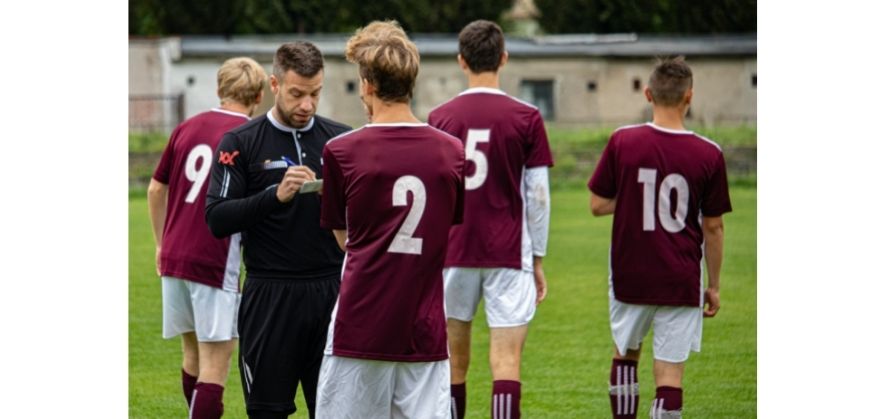
Finally, players tend to hold on to soccer balls whilst falling as a way of attempting to force the referee to rule a decision in their favour.
You see players think that they can indirectly influence a call by holding on to the soccer ball and pretending to be injured.
They usually do this by rolling from left to right on the ground, or by raising their arm and flapping their hands as a signal to the match official that they’ve been knocked over and are severely hurt.
Also, a player’s alternative line of thinking here is that the tackle was so painful and inflicted so much damage to the body that the soccer ball has to be held on to, so that her or she can receive the necessary treatment.
Yeah right, am I right!?
Well, the good thing about soccer player dramatization is that it adds extra spice to the game.
Like watching a telenovela!
But on the flip side, it leads to players feigning injuries and even contact in the opposition penalty area, because they believe that they can get away with exaggerating events.
However, referees don’t buy into player theatrics, especially when it comes to them grabbing the soccer ball when they fall over.
Due to the fact that the centre official is required to make decisions on fouls within a split second, they usually reach their verdict before the player even grabs hold of the ball.
Critically, players like to play a numbers game where they bank on arising situations where a referee hasn’t yet made their mind up as to whether they are going to award a foul or not.
They believe that if they grab the ball in such scenarios, then the referee simply has to award them the free kick.
Quite an interesting psychological play if you ask me.
It is also important to note that referees can change their decisions if play hasn’t yet restarted, although this doesn’t happen very often.
However, you should be pleased to hear that what you’ll find in most matches is referees who are keen to assert control on proceedings, mainly by sticking with their choices – whether they are wrong or not.
The last thing you want to see is players diving left and right in order to influence a referee’s decision making.
How do players grab the soccer ball after falling over?
Now that I’ve examined why soccer players grab the ball when falling over, I’m going to quickly showcase exactly how they do it.
Here’s a short clip that gives an awesome demonstration of the act:
At the 4 minute and 30 seconds mark, you see the former Chelsea player Eden Hazard dribbling the ball and eventually being tackled by Nacho Monreal.
In the wake of initially stumbling at the first contact, he falls over and protects the ball by holding on to it and in the aftermath of that the referee gives Chelsea a free kick.
What are the possible consequences of grabbing the soccer ball?
If the player who committed the act wasn’t deserving of a foul in that specific situation, then the referee will give them a yellow card for committing a handball offence and award a free kick to the opposing team.
What’s quite interesting is that, in the event that a clear goal scoring opportunity is denied by a player through ball handling, then they will likely receive a red card instead!
On the flip side, if the foul was deserved then the player who grabbed onto the ball would not suffer any consequence for attempting to halt proceedings, because the game should have been stopped in the first instance with a free kick rightfully awarded.
There are other similar implications too, particularly if the situation unfolded in one of the penalty areas.
If the decision to hold onto the soccer ball in the penalty box was considered lawful, then a free kick would be given to the defending team.
But a penalty could also be given if the referee deems the act as a petty attempt to prevent the opposition from scoring.
Closing thoughts
Ultimately, grabbing onto the soccer ball when falling over is a precarious move. By attempting to stop play; disrupt the opposition’s offensive momentum, time waste or even influence the referee into calling a foul, players run the risk of receiving a yellow card or even conceding a penalty if they go to ground and hold the ball in their own penalty area.
If you’ve enjoyed this piece, have a look at my product roundup on the best soccer balls and see whether you can curve one into the top corner!
If you enjoy the content that I create and would like to buy me a coffee, then I’d really appreciate it!
Any money that I earn through this donation will be re-invested into more content for this website.
Additionally, by sending in a donation you’ll also receive a copy of my recently released 190+ page eBook on Soccer Ball Care, as well as be subscribed to our mailing list where you’ll be regularly informed on the latest developments concerning the Soccer Whizz blog.
- Future Icons: Europe’s Emerging Midfield Maestros Set for Glory - December 4, 2023
- Kickstarting a Revolution: How Soccer Transformed the United States Over the Last Four Years - October 7, 2023
- 4-1-4-1 Soccer Formation [Analysis] - September 23, 2023

